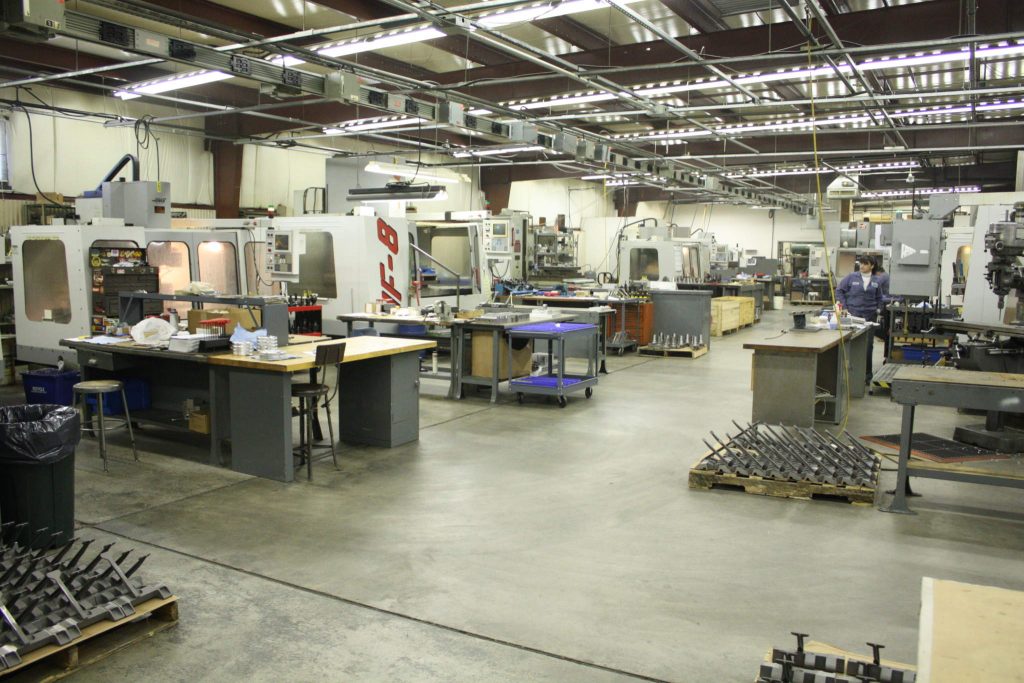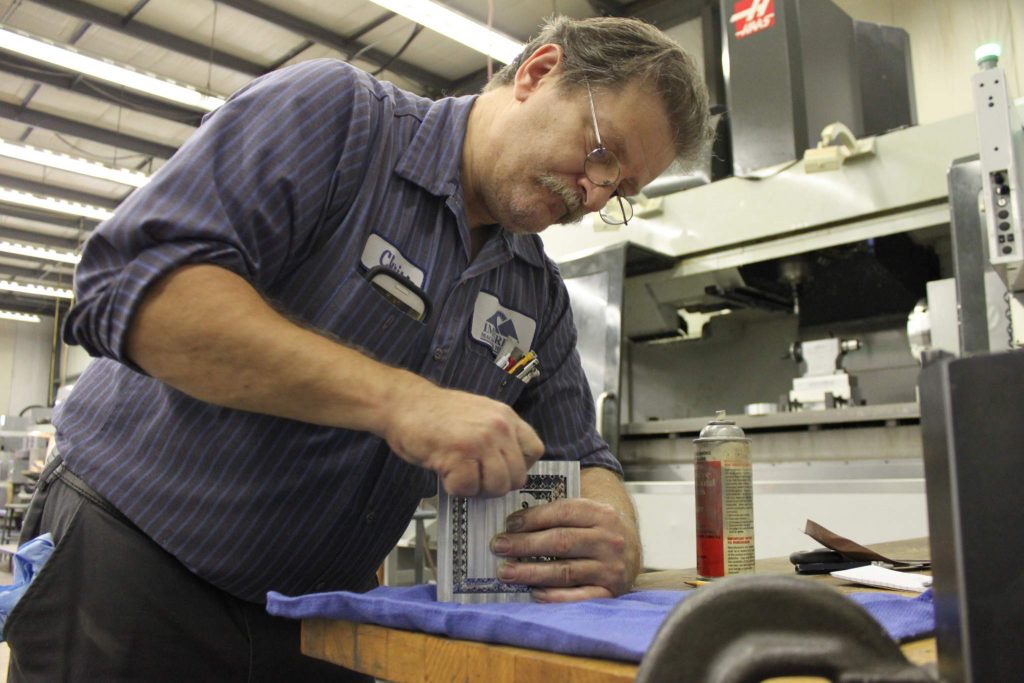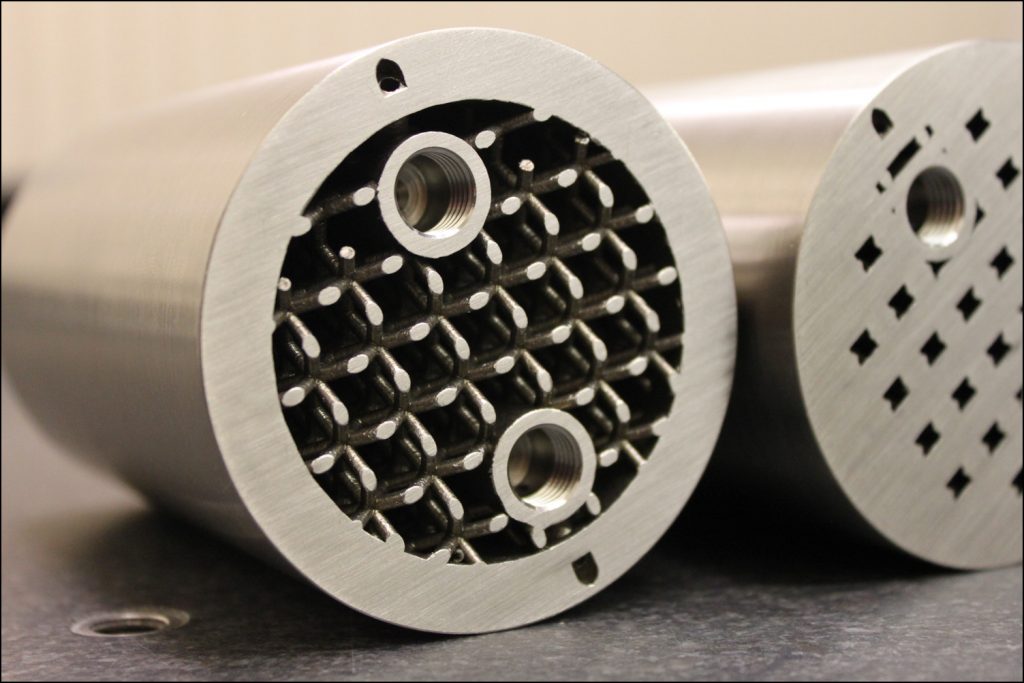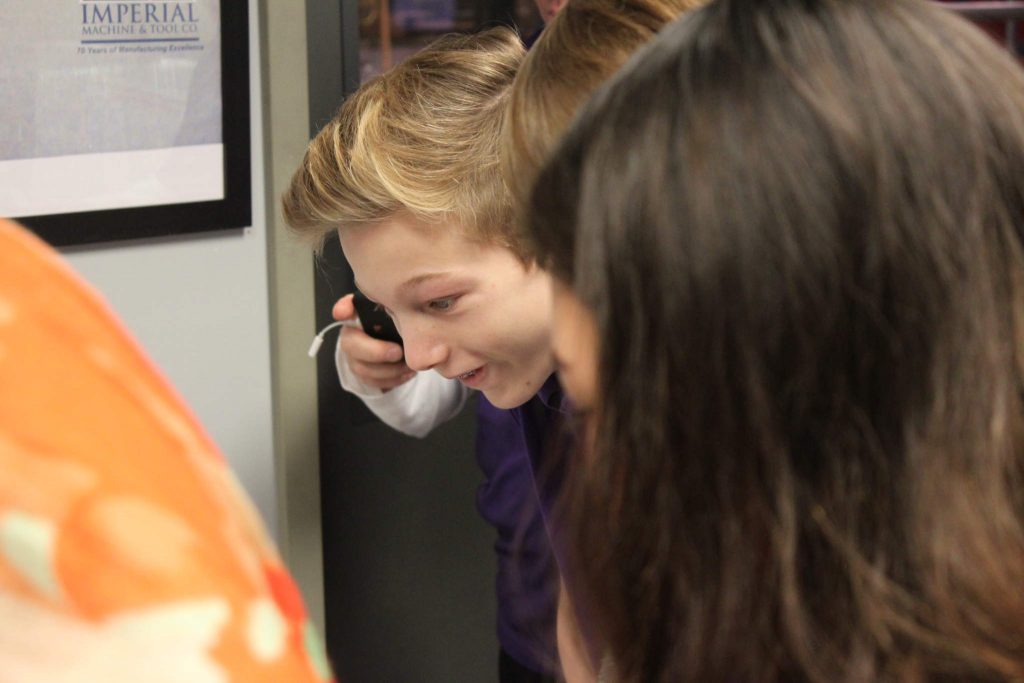How does a company owner find experienced talent in an industry that’s only a few years old? This is the problem early adopters of Metal Additive Manufacturing are trying to solve.
Metal Additive Manufacturing (AM) has caused great excitement in the last 5 years. Aside from a number of important technology breakthroughs, global manufacturing leaders have begun integrating metal AM into their production operations to yield complex production components.
Indeed, additive is already playing an important role in the advanced manufacturing world, but there’s an unresolved pain-point felt across the industry; a small pool of skilled AM professionals, trying to satisfy the workforce needs of a rapidly growing industry.
How do you build a workforce for the next generation of manufacturing?
There’s plenty of conjecture about the “right” solution to AM workforce development, but there are very few real-world users who can speak directly to the practices they’ve implemented to close the skill gap. Chris Joest, President of Imperial Machine & Tool Co., is one such individual who can.
I remember how my dad handled things in the very early days of computer controlled machining centers; the dilemma he faced then isn’t much different than the one we’re facing now. He used to say ‘work with the willing, and go from there’. I’ve always kept that in the back of my mind.
As the 3rd generation leader of a 73 year-old advanced manufacturing company – with two SLM metal additive manufacturing systems and 40+ multi-axis CNC machining centers – Joest understands changing labor needs, as well as the requirements for success on both the additive and subtractive sides of the aisle.

Developing a skilled workforce can be split into 2 parts; training in-house for immediate labor needs, and working with educators and instructors long-term to make sure the young folks out there are well prepared for the workforce they’re going to enter. I’m not worried about overcoming the additive manufacturing skill gap; it will take time, certainly, but it will happen naturally as folks recognize the opportunities afforded by metal AM. In the meantime we work with the resources available.

Smart, Hardworking and Curious
Joest expanded on his approach to in-house training.
The best candidate for our AM operation is a smart and hard-working individual, with a sincere curiosity about AM technology. Age doesn’t play nearly as much of a role as one might think. We certainly have our fair share of younger folks involved in our hybrid manufacturing operations, but we also involve our most experienced and skilled machinists. The older guys don’t miss a beat once they learn the basics, and they bring an insight that can only be achieved from a lifetime dedicated to fabricating complex designs.

The team at Imperial has been successful by offering what they refer to as “Hybrid Manufacturing”, combining additive and subtractive manufacturing techniques to realize designs that couldn’t be achieved any other way. Joest says Hybrid Manufacturing is a holistic approach rather than a specific set of operations. For example, functional design considerations – like AM build orientation & support structures, and the addition of features for fixturing during machining – are assessed and implemented in the beginning of each project, before the design phase.

Engineers vs. Machinists
Joest highlighted an important point about recruiting from diverse backgrounds.
Many of our competitors hire engineers for their additive operations, but I often question why they don’t explore other candidates as well.
We’ve had great success hiring smart, talented machinists who have very rapidly picked up the skills needed to excel in our additive division. A lot of the requirements overlap. Working proficiency with CAD software, ability to read 2D drawings, familiarity with build prep software, a general understanding of material properties, an understanding of why things are being done. Machinists are well positioned to make a jump into the additive manufacturing realm. Plus, they can precision machine printed parts after they leave the build chamber!

A machinist isn’t “better” than an engineer; engineers play a crucial role in the AM ecosystem. We rely on our engineers to carry out advanced CAD work, run computer simulations, topology optimization, finite element analysis… My only point is that engineers aren’t the only option for developing a skilled AM department. Smart, hardworking, curious individuals can really excel, no matter what their background is.
Inspiring the Next Generation
The next generation of Designers, Engineers and Technicians are still in school. Overcoming the AM skill gap in the long term hinges on nurturing these bright young minds.
This is part 1 in a series looking at the additive manufacturing skills gap. Part 2 will examine how the metal AM industry is working with schools to engage students early in their academic careers. Subscribe to our free newsletter and follow our active social media accounts to make sure you don’t miss it.
If you’re looking to recruit those skilled in any aspect of 3D printing, or if you’re seeking a job in the additive manufacturing industry – get in contact with us here.

Featured image shows students captivated by the laser sintering process; it’s quite elegant to watch



